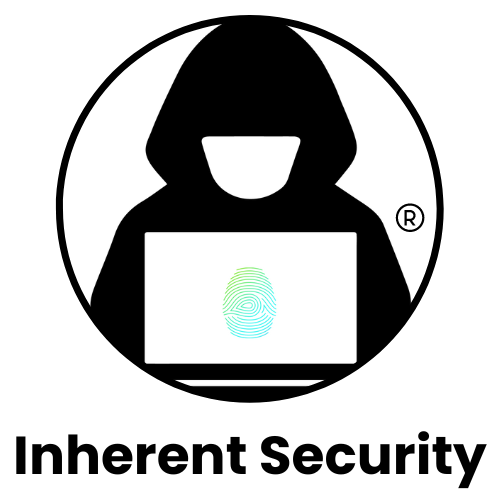Ransomware Isn’t the #1 Risk in Healthcare Anymore
Introduction
The Verizon 2024 Data Breach Investigations Report (DBIR) provides critical insights into the state of cybersecurity across industries, with healthcare continuing to be one of the most targeted sectors.
For health tech innovators, these findings serve as an urgent call to prioritize the top security concerns first for patient safety and business resilience.
As digital health platforms and connected medical devices become more sophisticated, they also become more attractive targets for cybercriminals.
Key Cybersecurity Findings for Healthcare from the Verizon 2024 DBIR
Healthcare Breaches Continue to Surge
Healthcare remains one of the most frequently targeted sectors. The 2024 DBIR reported 1,378 incidents in healthcare, with 1,220 confirmed data disclosures.
This is a notable increase from the 2023 report, indicating the growing risk faced by organizations handling protected health information (PHI).
For health tech innovators, this highlights the urgency of embedding cybersecurity into their development lifecycle from the outset.
Top Threats in Healthcare: System Intrusions, Miscellaneous Errors, and Privilege Misuse
According to the Verizon 2024 DBIR, healthcare breaches are primarily driven by three key patterns: System Intrusions, Miscellaneous Errors, and Privilege Misuse, which collectively account for 83% of breaches in the sector.
System intrusions remain in the top three attack patterns, while miscellaneous errors, such as misdelivery or misconfiguration, were in the top three error varieties.
Privilege misuse involves improper use of access credentials by insiders, contributing further to data breaches.
For health tech innovators, these patterns highlight the need to focus on minimizing human error and implementing strict access controls.
Human Error is a Major Factor
Human error continues to be a significant contributor to healthcare breaches.
Sending information to the wrong recipient electronically or manually (i.e., misdelivery) is the most prominent error.
Health tech innovators must prioritize automation, reduce manual processes, and ensure their internal teams undergo routine security awareness training.
Insider Threats are Escalating
Internal threats took the top spot this year representing 70% of healthcare breaches, knocking ransomware down to second slot.
These threats involve employees either intentionally or unintentionally exposing sensitive data.
For health tech innovators, the lesson is clear, implement strict access controls, continuously monitor system behavior for anomalies, and conduct regular security training, especially for those handling proprietary technology and patient data.
System Intrusions and Supply Chain Attacks on the Rise
System intrusions which is within the top 3 attack vectors is growing and fueled by supply chain vulnerabilities.
As health tech innovators increasingly integrate third-party APIs, software libraries, and cloud platforms, the risk of indirect cyberattacks increases.
Vetting suppliers and enforcing strict security agreements are vital in mitigating these risks.
What These Findings Mean for Health Tech Innovators
1. Build Security into Your Product from Day One
Health tech innovators must embed security into every phase of their product development lifecycle.
This means performing threat modeling, conducting vulnerability assessments, and collaborating with cybersecurity experts before launching a product.
Reactive security fixes post-launch often lead to costly delays and reputational damage.
2. Prepare for Ransomware Before It Hits
Given ransomware’s prevalence, having a battle tested incident response plan is critical.
Health tech companies should regularly test data recovery processes and ensure backups are isolated and immutable.
Failing to prepare can result in prolonged outages, damaging both patient trust and regulatory compliance.
3. Address the Human Factor
Human error is inevitable but can be mitigated.
Health tech leaders should invest in ongoing cybersecurity training tailored to job roles.
Automating key security controls, permissions management and data loss prevention can reduce the risk posed by employees.
4. Secure Your Supply Chain
Supply chain vulnerabilities can introduce backdoors into even the most secure health tech products.
Innovators must conduct rigorous security audits on all third-party vendors and require adherence to cybersecurity standards like SOC 2 and ISO27001.
Establishing contractual obligations around security using Business Associate Agreements (BAA) further protect against weak links.
5. Monitor for Insider Threats
Limiting access to sensitive systems on a need-to-know basis is important.
Health tech companies should deploy monitoring tools that detect unusual employee behavior or unauthorized data access.
Early detection can prevent a minor policy violation from escalating into a full-blown breach.
Conclusion: Cybersecurity as a Market Differentiator
Cybersecurity is a strategic advantage.
Health tech innovators who prioritize security from development to deployment can differentiate themselves in a competitive market.
Remember security practices not only safeguards patient data but also build trust with investors, partners, and end-users!
